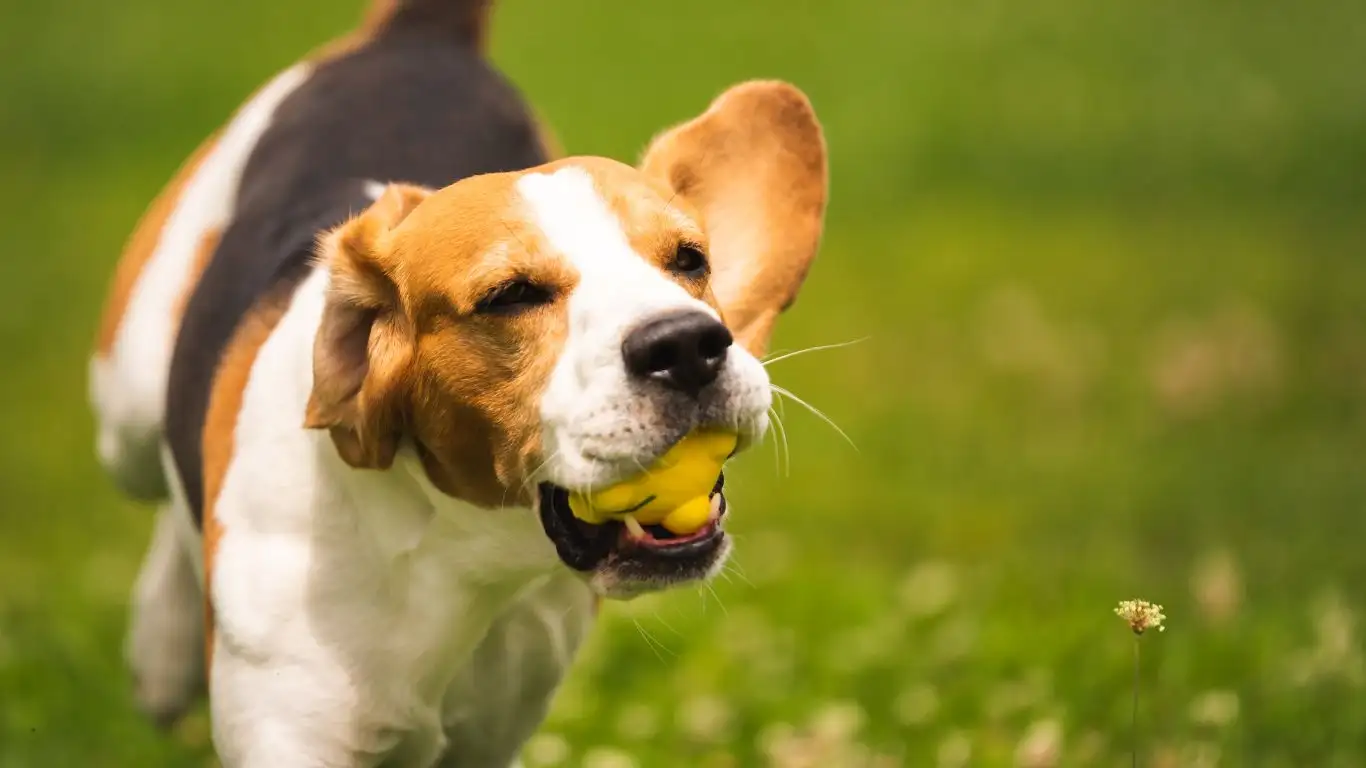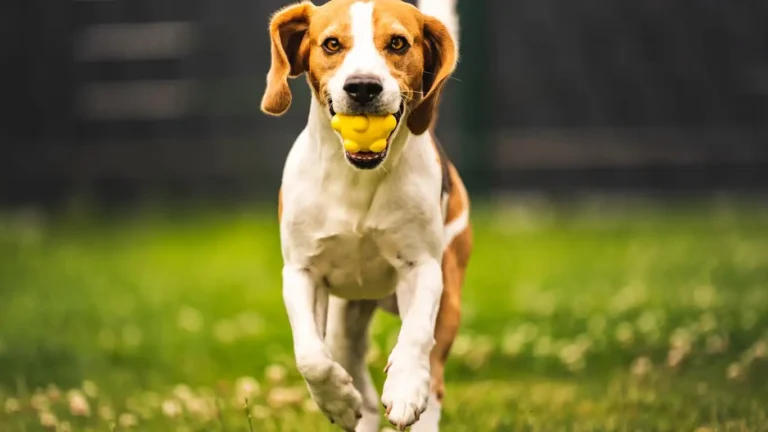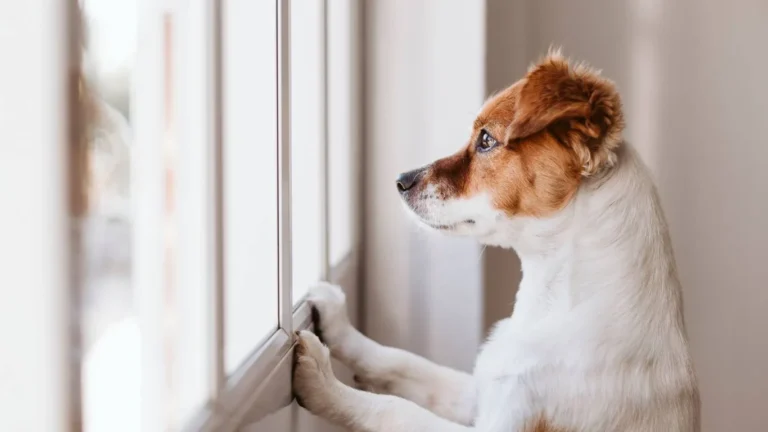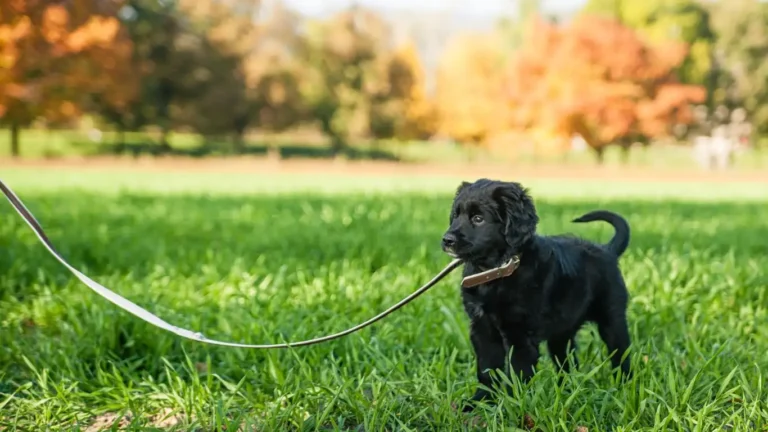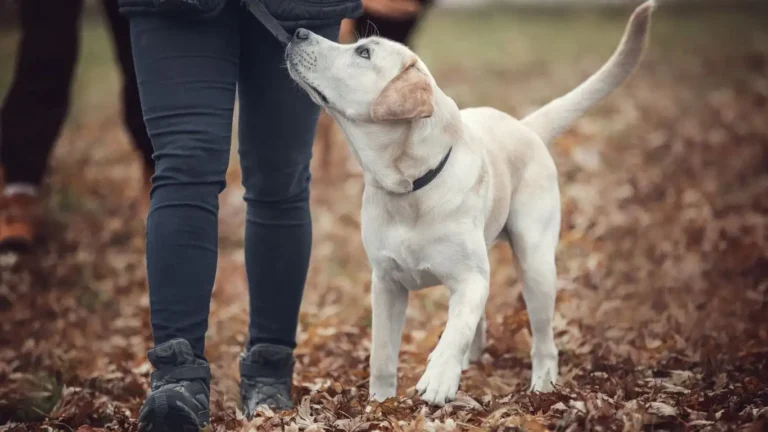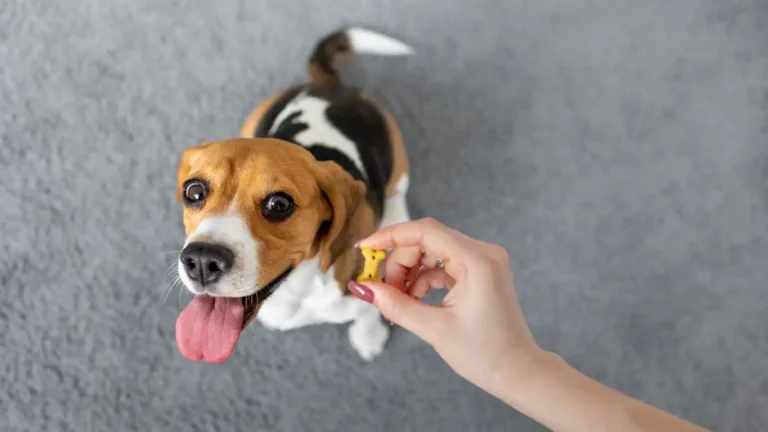How to Train Your Dog to Stay Calm During Family Gatherings: Top Tips
Training a dog to be calm during family gatherings is a task that requires patience, consistency, and a good understanding of your dog’s temperament. As a Canine-Assisted Therapy Trainer, I’ve witnessed firsthand the benefits of training dogs to remain calm and composed in social settings. Not only does it make family gatherings more enjoyable, but it also helps reduce stress for both the dog and the humans involved. Over the years, I’ve developed a few strategies that can make all the difference in transforming a dog from a bundle of nervous energy to a peaceful companion who can handle the hustle and bustle of family gatherings.
Why Is It Important to Train Your Dog for Family Gatherings?
We’ve all been there. The excitement of a family gathering or a holiday meal is met with the whirlwind of energy that comes from your dog, which may be a bit much for guests or even other family members. Whether your dog is prone to barking at every knock on the door, jumping on guests, or just pacing around nervously, it can be overwhelming for everyone involved. That’s why teaching your dog how to remain calm and collected during these times is an essential skill for both you and your furry friend. A calm dog makes for a calm household, and a calm household makes for a better family gathering.
Understanding Your Dog’s Behavior
Before you can start working on your dog’s behavior, it’s crucial to understand what might be causing the excitement. Dogs pick up on the energy around them, so if you or your family members are anxious about a gathering or feeling stressed, your dog will likely mirror that behavior. Additionally, if your dog isn’t used to having so many people around, they may become overwhelmed or excited in a way that’s hard to control. To start training your dog for family gatherings, it’s important to first evaluate the root of their behavior. Are they excited, anxious, or simply overstimulated?

Start Training Early—The Sooner, the Better
One thing I’ve learned through my experience is that the earlier you start training, the easier it will be. While you can absolutely work with older dogs to improve their behavior, it’s easier and more effective to start when they’re young. However, that doesn’t mean you can’t teach an old dog new tricks! If your dog is already an adult, don’t be discouraged. Start with simple commands and gradually build up to more complex tasks. Just keep in mind that consistency is key.
The Key Techniques to Train Your Dog for Calm Behavior
There are several methods you can use to train your dog to remain calm during family gatherings. Each dog is different, so what works for one might not work for another. But with patience and the right approach, most dogs can learn to handle the energy of a busy household with ease.
1. Teach Basic Commands
The foundation of good behavior during any gathering starts with basic obedience training. Commands like “sit,” “stay,” and “down” are essential for helping your dog stay calm and under control. When your dog knows how to respond to these commands, it gives you the ability to redirect their attention and manage their behavior in a calm and assertive manner.
Start by practicing these commands in a quiet, distraction-free environment. Once your dog gets the hang of them, begin practicing with more distractions, like family members walking around or the doorbell ringing. Gradually increase the level of distraction until your dog can maintain composure in a busy setting.
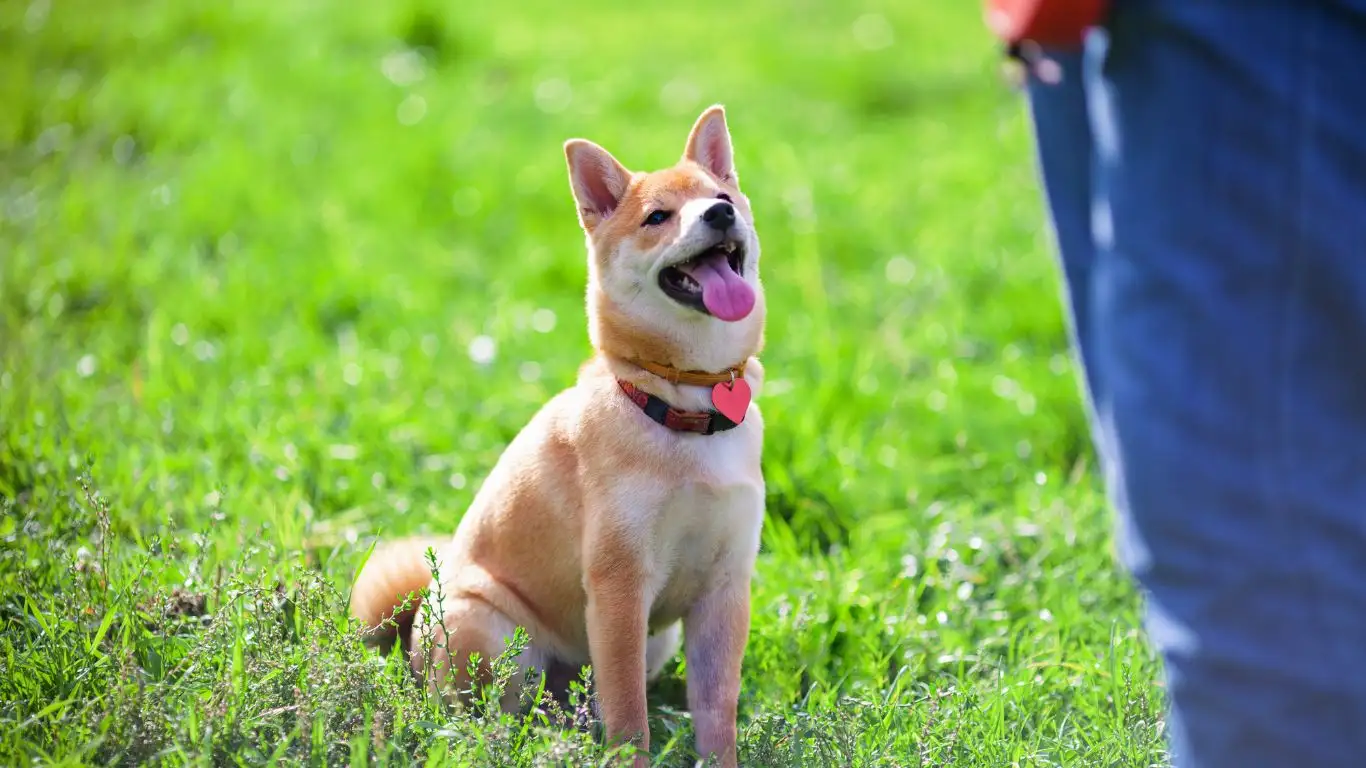
2. Create a Calm Zone
One of the best ways to help your dog stay calm during family gatherings is by creating a “calm zone.” This is a designated space where your dog can retreat when things become too overwhelming. The calm zone could be a crate, a specific room, or a comfy bed in a quiet corner. By providing your dog with a safe space, you give them an opportunity to decompress and unwind when the noise and activity of the gathering become too much.
Make sure to train your dog to associate the calm zone with positive experiences. You can do this by feeding them in the area, providing toys, or simply letting them rest there during quieter times. The goal is to make the calm zone a place of comfort and safety, so your dog can go there on their own when they need a break.
3. Socialization Is Key
Socialization is one of the most important aspects of training your dog to remain calm in social situations. The more your dog is exposed to different environments, people, and situations, the better they’ll learn how to behave. Start by inviting a few friends or family members over for short visits to get your dog accustomed to new people and interactions. Keep these interactions low-stress and gradually increase the duration and complexity of the visits as your dog becomes more comfortable.
Positive reinforcement plays a major role in this process. Every time your dog behaves well in a new situation, reward them with treats and praise. This will help them associate new experiences with positive outcomes and make them more likely to remain calm in the future.

Dealing with Common Challenges
Even with the best training techniques, challenges can arise. It’s important to be prepared for a few hiccups along the way. If your dog is particularly excitable or nervous, you may encounter setbacks. However, don’t be discouraged. Training is a journey, not a race. One challenge I frequently encounter in my therapy dog training sessions is the dog’s reaction to sudden loud noises, such as the doorbell ringing or guests entering the house. The key here is repetition and positive reinforcement. Over time, your dog will learn that these sounds are just part of the routine and not something to get worked up about.
Maintaining Calmness During Family Gatherings
Once your dog is trained to follow basic commands and remains comfortable in their calm zone, the next step is to ensure they stay composed when surrounded by the noise, excitement, and chaos of a family gathering. Keeping them calm during such events is where consistency and patience come into play. In my experience, family gatherings often involve multiple distractions—loud voices, music, kids running around, and a lot of movement—and this can sometimes overwhelm even the best-trained dogs. However, there are several strategies that can help maintain calmness and control during these chaotic moments.
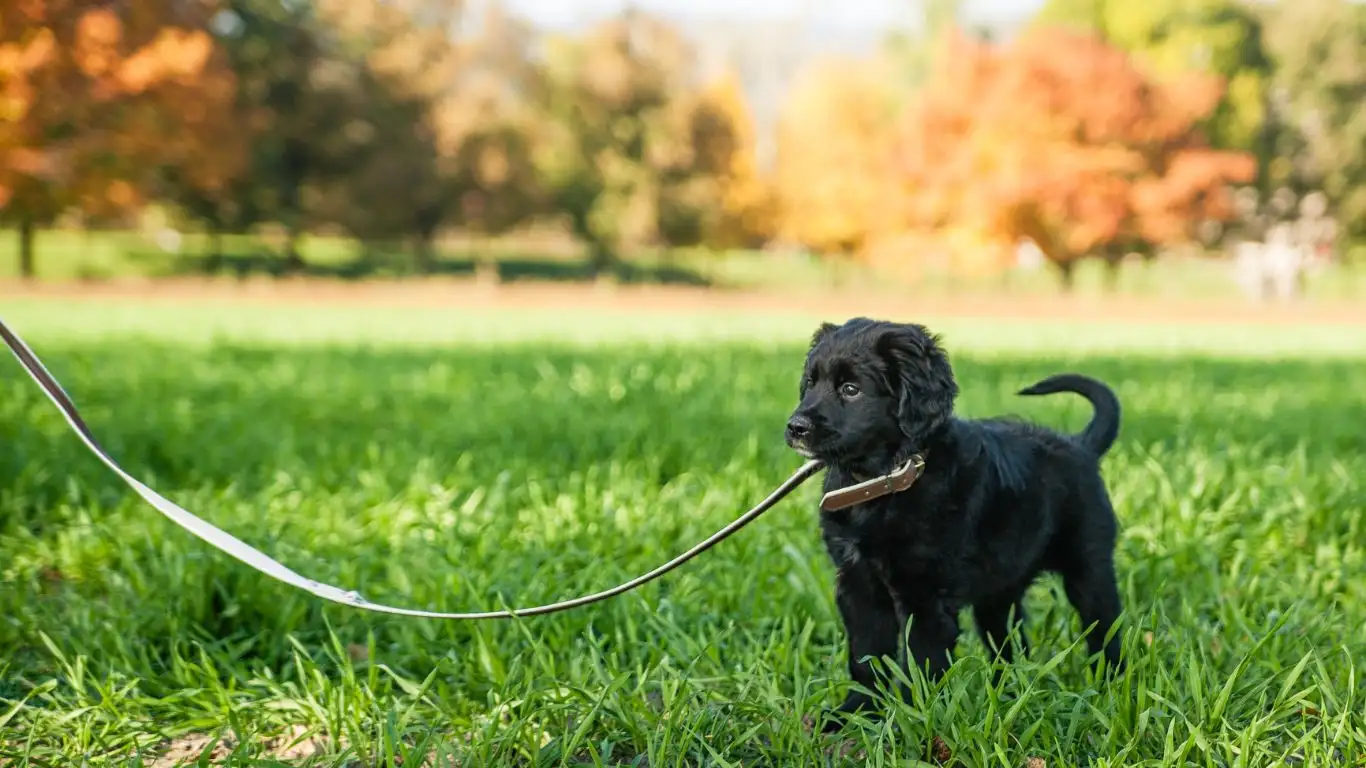
Practice Calmness in Different Environments
One key element to successfully keeping your dog calm during family gatherings is exposing them to different environments. If your dog is only ever calm in your quiet home, it’s time to start broadening their horizons. Begin taking them to new places with different levels of activity. This helps your dog learn that no matter where they are, they can remain relaxed as long as they follow the rules you’ve set. Whether it’s visiting a busy park, a friend’s house, or even your local pet store, practicing calm behavior in these new environments will make your dog more adaptable and prepared for family gatherings.
In these new situations, apply the same techniques you’ve used at home, like rewarding calm behavior with treats and praise. Practice giving commands like “sit,” “stay,” and “place” in public or crowded settings. The more exposure they get to different stimuli, the better they’ll be at handling the hustle and bustle of family gatherings.
Reinforce Calm Behavior with Positive Associations
Throughout the training process, reinforcement is essential. Positive reinforcement, to be specific. The power of reward-based training cannot be overstated. Whenever your dog exhibits calm behavior during a family gathering, whether it’s sitting quietly in the corner or staying in their calm zone, be sure to reward them with a treat or verbal praise. Over time, your dog will associate calmness with positive outcomes, making them more likely to engage in that behavior when it matters most.
For example, if your dog remains calm while guests enter the house or while the doorbell rings, be sure to immediately give them a treat and lots of praise. This will reinforce the connection between staying calm and getting rewarded, which increases the likelihood of them repeating that behavior the next time they encounter the same situation.
Dealing with Overstimulation
Family gatherings can sometimes be overwhelming for dogs, especially those who may be more sensitive to stimuli. The excitement of new people, unfamiliar sounds, and changing environments can cause overstimulation, leading to behavior issues like excessive barking or even nervousness. In my training sessions, I’ve often had to teach dogs how to handle overstimulation by introducing structured breaks and helping them learn to self-soothe. Here’s how you can help your dog navigate through moments of overstimulation.
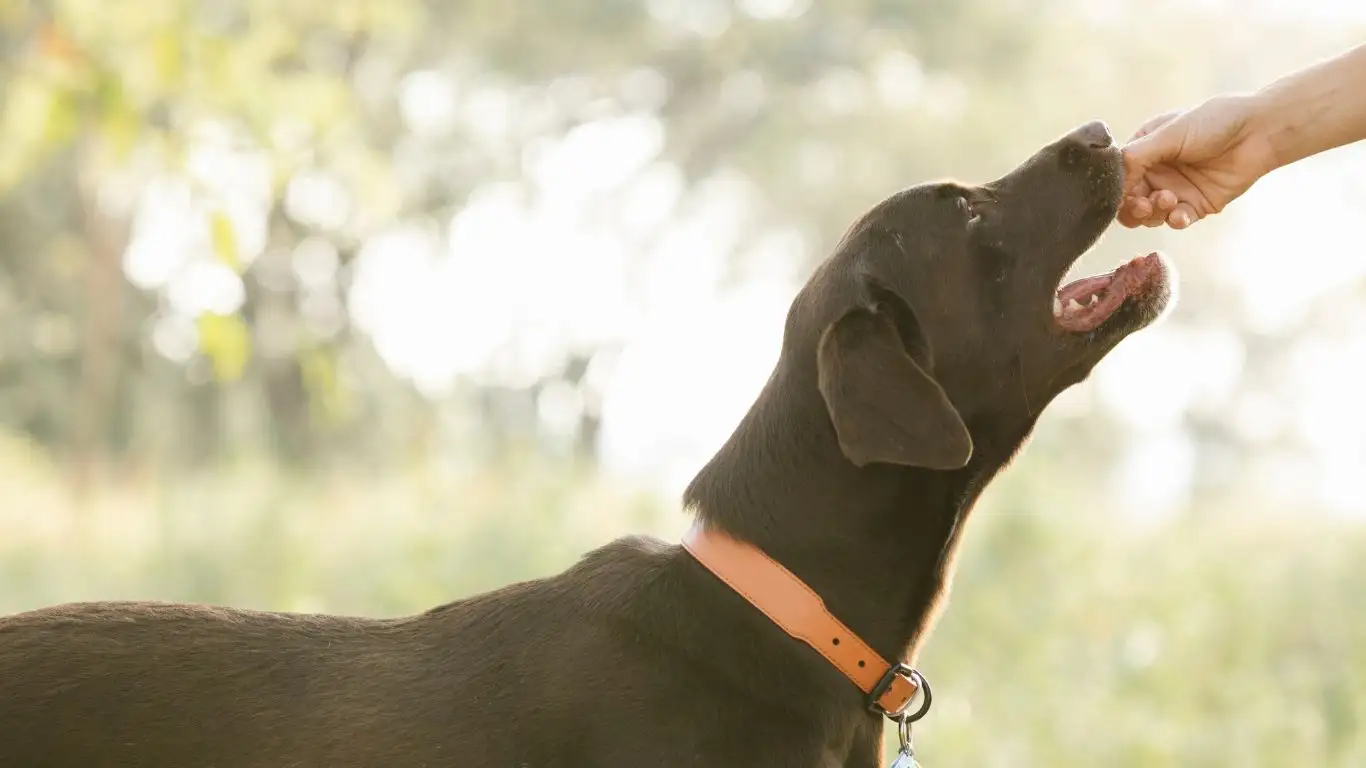
Provide Structured Breaks
Just like humans, dogs can get tired, overwhelmed, or stressed after long periods of social interaction. One of the most effective ways to help your dog manage overstimulation is by providing regular, structured breaks. Set up a quiet spot for your dog where they can retreat when things get too overwhelming. This could be their crate, a separate room, or a designated quiet area with their favorite toys or blanket.
During a family gathering, have a designated time where your dog can take a break. This can help them recharge and come back to the event feeling more relaxed. I recommend setting up a schedule that involves these breaks every 30 minutes or so, depending on the energy level of the dog. This practice can prevent your dog from becoming too overstimulated, which can lead to undesirable behaviors like pacing, barking, or jumping.
Use Calming Aids
In some cases, dogs who struggle with overstimulation may benefit from calming aids. These can come in various forms, such as calming collars, pheromone diffusers, or even special calming treats that help ease anxiety. In my experience, calming aids can be a great addition to the training process, especially for dogs who tend to get overwhelmed quickly in high-energy environments.
While these aids are not a substitute for training, they can work as a helpful tool in conjunction with the techniques you’ve already been practicing. For example, a calming collar or diffuser can help release pheromones that have a soothing effect on your dog, promoting a sense of calm in the midst of a busy gathering. Combining this with your established commands and positive reinforcement strategies can make a world of difference when it comes to managing overstimulation.
Managing Excitement and Jumping
Another common challenge many dog owners face during family gatherings is excitement and jumping. Dogs, especially young ones, often get overly excited when they see people they love or when there’s a lot of activity going on. However, excessive jumping can quickly become a problem, especially if your guests are not comfortable with it. Training your dog to manage excitement and control jumping behavior is essential in ensuring a smooth and peaceful gathering.

Redirect Their Energy
Instead of reprimanding your dog when they jump, redirect that energy into a more acceptable behavior. For example, if your dog is jumping up to greet guests, redirect their attention to a more appropriate action like sitting or lying down. When they perform the desired behavior, immediately reward them with a treat or praise. This teaches your dog that calm behavior, not jumping, gets them attention and rewards.
Another great way to manage excitement is by having your dog perform a series of commands before they are allowed to interact with guests. Ask them to sit or lie down before opening the door or letting guests approach. This way, your dog learns that calm behavior is a prerequisite for attention and affection, rather than jumping or being overly excitable.
Consistency Is Key
Above all, consistency is the secret to successfully training your dog to remain calm during family gatherings. Whether it’s rewarding calm behavior, practicing commands, or using calming aids, staying consistent with your approach will make all the difference in the long run. As I always tell my clients, consistency and patience will help transform your dog’s behavior into a more composed and pleasant presence at family gatherings.
Advanced Training Techniques for Family Gatherings
Now that your dog is familiar with basic commands and you’ve practiced in quieter environments, it’s time to move to more advanced training techniques that will help ensure calmness during busy family gatherings. These techniques build on the foundation you’ve laid and are designed to handle more complex situations and distractions. Through my years of experience as a Canine-Assisted Therapy Trainer, I’ve learned that using these advanced strategies can really make a huge difference, especially when your dog is faced with more intense situations.
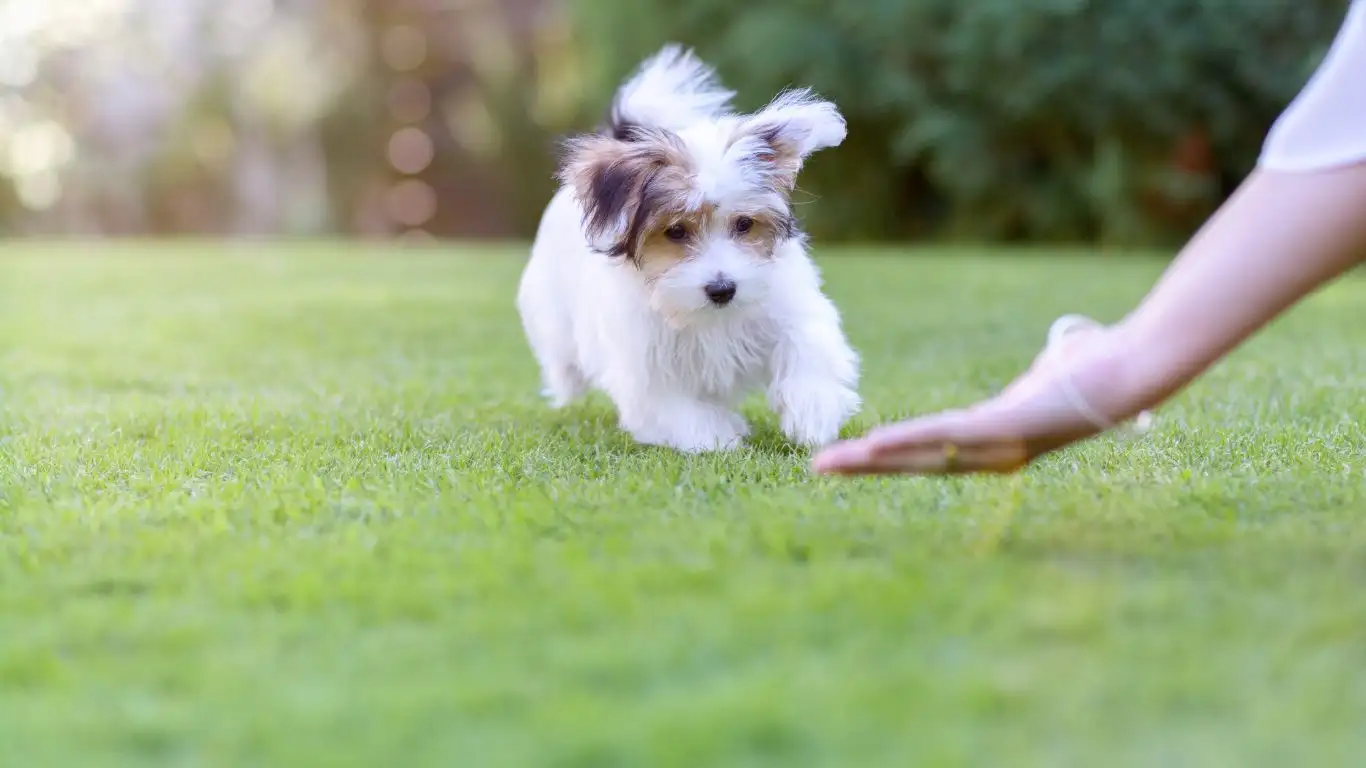
Distraction Training: Preparing for the Unexpected
Family gatherings are unpredictable—there’s often a lot of noise, sudden movements, and unexpected events. To ensure your dog stays calm in these situations, you need to gradually introduce them to distractions during their training sessions. This could be anything from a doorbell ringing to children running around or a loud TV. By exposing your dog to these distractions in a controlled setting, you can teach them how to remain focused and composed.
Start by simulating common distractions at home. For example, have a friend knock on the door while you work with your dog on sitting or staying in a designated area. Gradually increase the intensity of these distractions—like playing music or having multiple people talk at once—and reward your dog when they maintain composure. This helps your dog associate the presence of distractions with staying calm, making it easier for them to handle the chaos of a family gathering.
Incorporating a “Place” Command
One of the most effective ways to keep your dog calm during family gatherings is teaching them the “place” command. This command instructs your dog to go to a specific spot—usually a mat or bed—and stay there until released. It’s a great way to give your dog a clear structure during chaotic times and provides a designated space where they can feel safe and relaxed.
To begin, place a mat in a quiet part of your home and encourage your dog to lie on it. Once your dog is settled, give them a command like “place” and reward them with treats when they comply. As your dog gets more comfortable with the command, you can add distractions—like people moving around or talking—and continue rewarding them for staying on the mat. When you’ve built a strong foundation, this technique will help your dog maintain calmness and composure during your family gatherings.
Managing Long-Term Success
Training a dog to stay calm during family gatherings isn’t just about preparing for a single event; it’s about making sure the behaviors you’ve taught them become ingrained over time. Long-term success relies on consistency, repetition, and maintaining a calm atmosphere even when things seem a bit hectic. One of the most valuable pieces of advice I can give is to stay patient—training is a marathon, not a sprint.
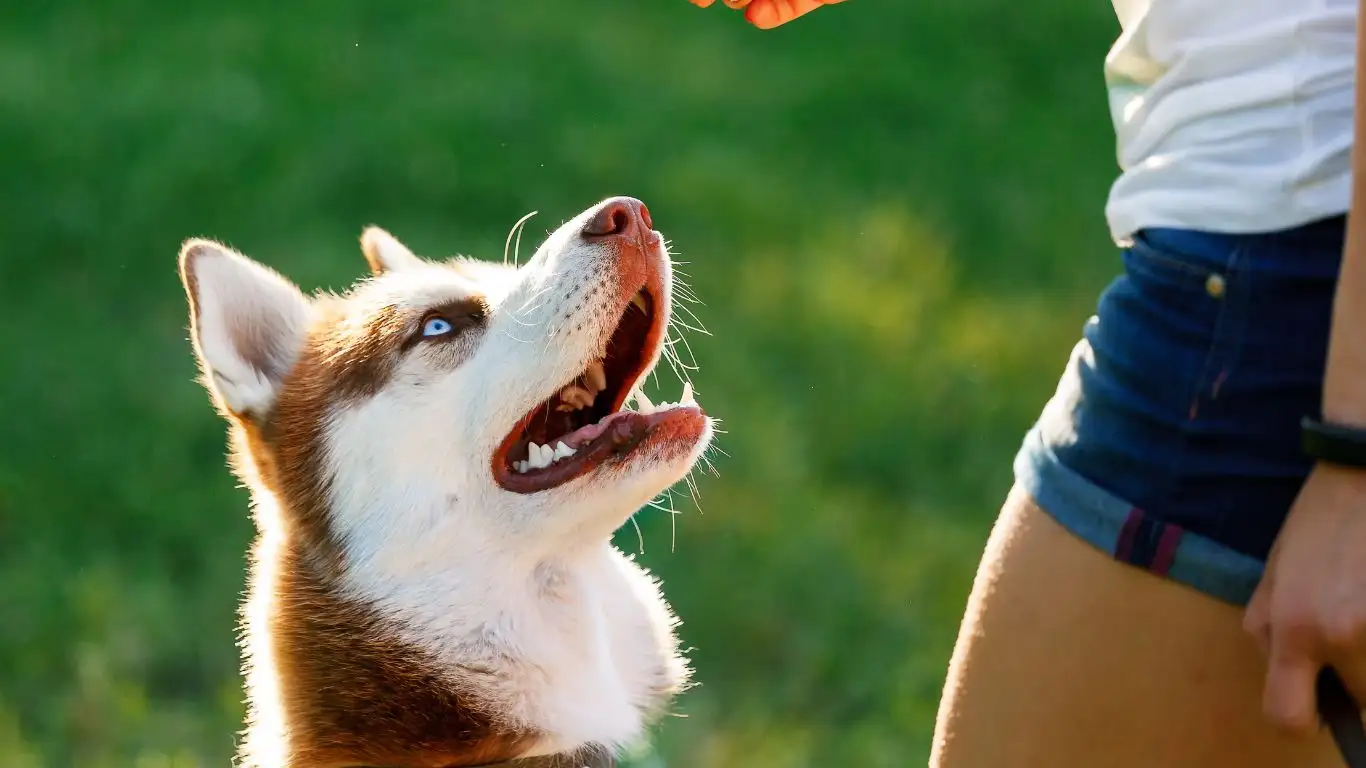
Keep Practicing Calmness Regularly
Even after your dog has learned how to stay calm during family gatherings, it’s crucial to continue practicing regularly. This means holding short training sessions throughout the week to reinforce their calm behavior. For example, practice the “sit” and “stay” commands in various environments and with different distractions. The more you practice, the more likely your dog will stay calm in real-life situations.
I always recommend practicing calmness during everyday activities, such as when the doorbell rings or when someone knocks on the door. By making calm behavior a regular part of your dog’s routine, it will become second nature to them when the family comes over or when things get a bit more chaotic. And remember, even if you think your dog has mastered it, never underestimate the power of a little refresher training!
Establish a Calm Routine Before the Event
Before any family gathering, try to establish a calm routine for your dog. If you’re anticipating a busy day, take your dog for a walk beforehand or engage them in a brief training session to help burn off any excess energy. This preemptive exercise can help your dog stay more relaxed when the gathering starts, reducing the likelihood of anxiety or excessive excitement. I’ve found that dogs who have been given the opportunity to burn off some energy before a gathering are much more likely to settle down and enjoy the event.
Why Training Is Worth the Effort
It can be easy to feel overwhelmed during the training process, but I promise you that the results are worth the effort. The bond you create with your dog while working through these techniques will make your relationship even stronger. Furthermore, a calm dog during family gatherings means less stress for you, more enjoyment for your guests, and a happier household overall. Training your dog to stay calm and collected during these times benefits everyone involved, including your furry companion!
By being patient, consistent, and positive, you can create a peaceful environment where your dog feels safe and secure while navigating family gatherings. These skills not only improve your dog’s behavior but also make your family gatherings more enjoyable and stress-free. I’ve seen firsthand how dogs can become excellent companions during social events when they’re given the right guidance and training.
References
Disclaimer
The advice in this article is based on my personal experience as a Canine-Assisted Therapy Trainer. Every dog is unique, and while these methods have worked for many dogs, results may vary. If your dog experiences extreme anxiety or behavioral issues, it is always a good idea to consult with a professional dog trainer or veterinarian for additional guidance tailored to your dog’s specific needs.
